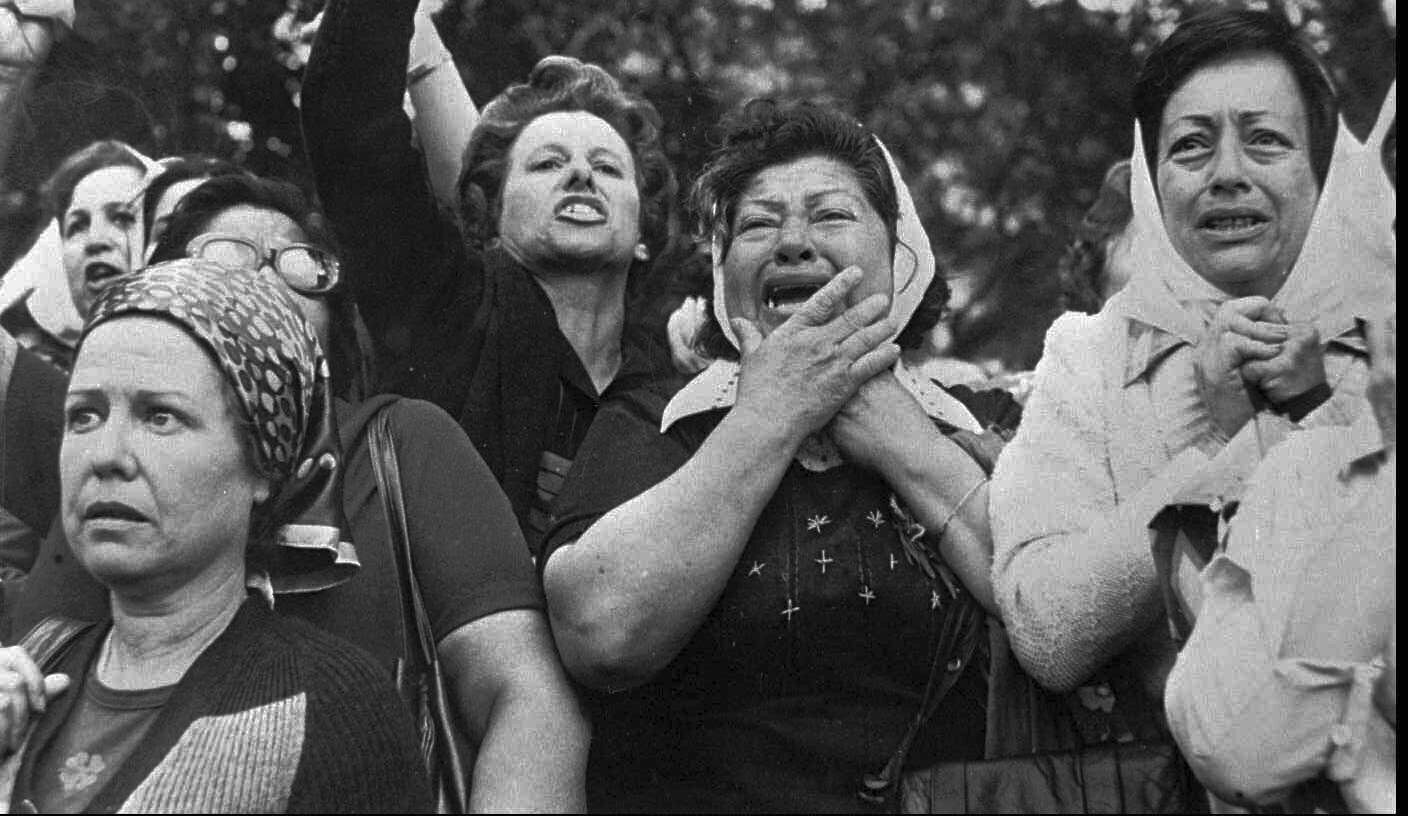BUENOS AIRES, Argentina (AP) — Forty-seven years ago, before her hair turned white and she had no need of a wheelchair to march around Argentina’s most iconic square, Nora Cortiñas made a promise to her son who disappeared: She would search for him until her last breath.Her commitment sums up the driving force of Mothers of Plaza de Mayo, a human rights organization created by women whose children were kidnapped by the military dictatorship that ruled Argentina from 1976 to 1983.
With time, their fight became a symbol of hope and resistance. Their wounds are shared by thousands who protest every year, on March 24, to remember the beginning of the bloodiest period of their country’s history.
“They represent the fearless fight of a lot of women who, at all costs, sought the tools to deliver a message,” said Carlos Álvarez, 26, during a recent protest against Argentine President Javier Milei. “None of my relatives disappeared, and I still empathize with their struggle.”
Milei, a right-wing populist who took power in 2023, has minimized the severity of the repression during the dictatorship, alleging that human rights organizations’ claim of 30,000 disappearances during that period is false.
Long before Milei, when the military ruled, mothers like Cortiñas were discredited as “crazy” and “terrorists,” but their quest to learn what happened to their children never ceased.
Week after week, since April 1977, Mothers of Plaza de Mayo have gathered at the square that provided the group with its name. Together with Argentines who hurt with injustices of their own, they meet each Thursday, at 3:30 p.m., and circle around Plaza de Mayo’s pyramid.
“The story of my life is …
Article Attribution | Read More at Article Source
With time, their fight became a symbol of hope and resistance. Their wounds are shared by thousands who protest every year, on March 24, to remember the beginning of the bloodiest period of their country’s history.
“They represent the fearless fight of a lot of women who, at all costs, sought the tools to deliver a message,” said Carlos Álvarez, 26, during a recent protest against Argentine President Javier Milei. “None of my relatives disappeared, and I still empathize with their struggle.”
Milei, a right-wing populist who took power in 2023, has minimized the severity of the repression during the dictatorship, alleging that human rights organizations’ claim of 30,000 disappearances during that period is false.
Long before Milei, when the military ruled, mothers like Cortiñas were discredited as “crazy” and “terrorists,” but their quest to learn what happened to their children never ceased.
Week after week, since April 1977, Mothers of Plaza de Mayo have gathered at the square that provided the group with its name. Together with Argentines who hurt with injustices of their own, they meet each Thursday, at 3:30 p.m., and circle around Plaza de Mayo’s pyramid.
“The story of my life is …nnDiscussion:nn” ai_name=”RocketNews AI: ” start_sentence=”Can I tell you more about this article?” text_input_placeholder=”Type ‘Yes'”]

